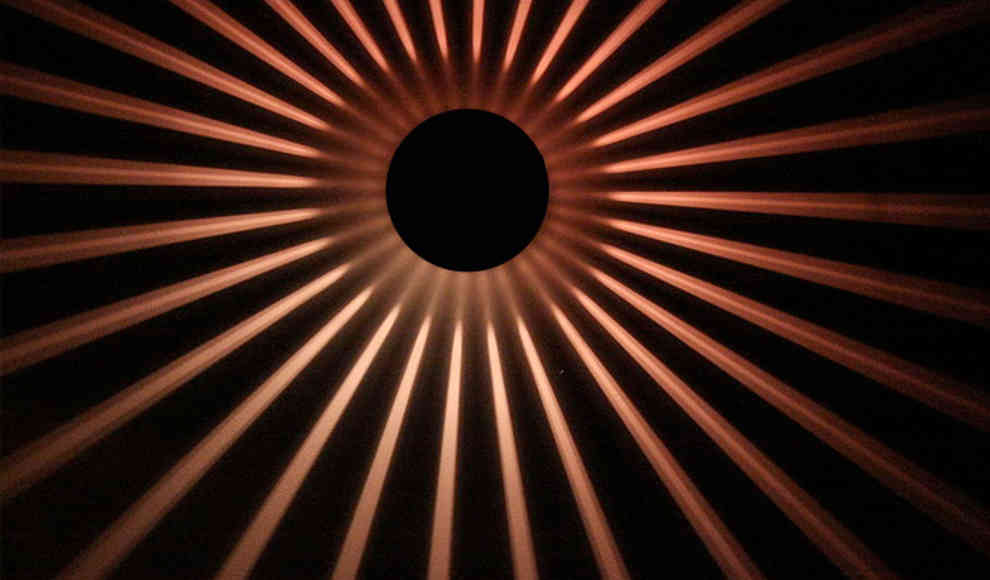British physicists are attempting to create matter from light using a photon accelerator based on the Breit-Wheeler theory. The theory, developed by Gregory Breit and John Wheeler in 1934, suggests that when two photons collide, an electron and a positron should be created. This prediction is one of the seven fundamental theoretical predictions of quantum electrodynamics, but it has yet to be confirmed due to the need for high photon density, which even the strongest lasers cannot produce. However, Oliver Pike and his colleagues from the Imperial College in London, along with colleagues from the Max Planck Institute for Nuclear Physics, have proposed a way to prove the Breit-Wheeler theory in an experiment.
To conduct the experiment, an existing technology photon accelerator is required. The accelerator would reconstruct a process similar to the first 100 seconds after the Big Bang. First, an extremely energetic electron beam is generated using a laser. The electrons are then shot at a piece of solid gold at nearly the speed of light, creating bremsstrahlung, which discharges in the form of gamma radiation. The resulting energy density is about a billion times higher than that of visible light. In the second phase, a tiny cavity in a second piece of gold is heated with a high-power laser, creating a radiation field filled with photons in the vacuum of the cavity. The energetic photon beam is then directed at this field, causing the photons of the electron beam and the radiation field to collide, creating pairs of electrons and positrons, which can be detected with detectors.
According to calculations, a bremsstrahlung of 100 million photons should be sufficient to create between 100 and 10,000 pairs of such particles per experiment, depending on the size of the vacuum cavity. The theoretical physicists have shown how the Breit-Wheeler theory can be proven, and it is now up to practical physicists to build the experiment and create matter from light for the first time in the laboratory. “Although the theory is based on a simple concept, it has been challenging to confirm experimentally. However, we have now been able to implement the idea of a photon accelerator in a way that the experiment could be relatively simple and implemented with existing technology,” explains Pike.







